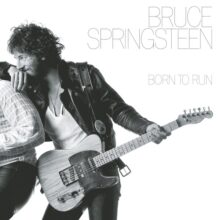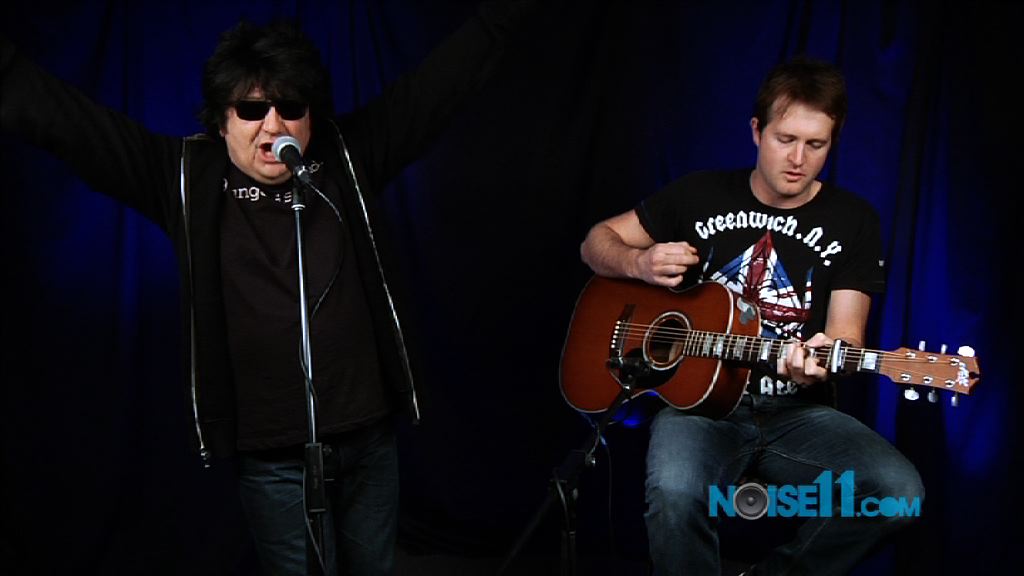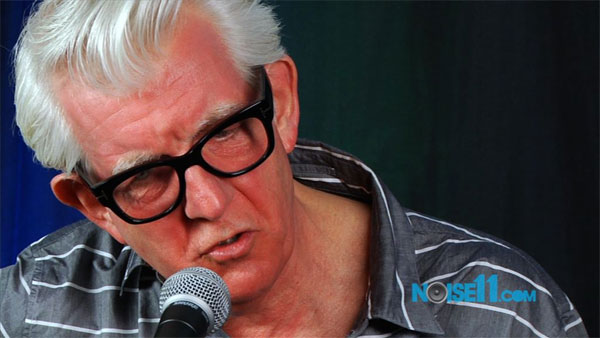Miranda Young’s Olivia: Grace and Gratitude has been updated for 2025. The new edition—published by Melbourne’s Wilkinson Publishing, adds fresh perspective to a story that continues to expand long after Olivia Newton-John’s passing. It also includes a brand-new chapter that reframes Olivia’s legacy through today’s lens, deepening the book’s tribute to one of the city’s most adored cultural figures.
At its core, Olivia: Grace and Gratitude is a celebration of a life lived in full: the music, the screen roles, the philanthropy, and the steadiness of character that made Olivia universally admired. The updated edition spells out its mission clearly. Young retains her accessible, affectionate voice, but she widens the aperture to capture how Olivia’s influence is still growing, especially in Australia. The added chapter explores the “evolution of her legacies,” from cancer advocacy to the way her career continues to serve as a blueprint for women in music. That framing matters. It shifts Olivia from a finished story to an ongoing force, inviting readers to think about impact rather than mere nostalgia.
The new material leans into the institutional legacy Olivia helped build in Melbourne: the Olivia Newton-John Cancer Wellness & Research Centre at Heidelberg’s Austin Hospital. The centre opened in 2012, consolidating cancer care and research while centring wellness—very much in Olivia’s image. That philosophy has matured into a large, active ecosystem: hundreds of clinical trials, comprehensive patient support, and a research institute bearing her name. In this context, Young’s new chapter doesn’t just recount a celebrity’s fundraising; it shows how Olivia’s values were architected into a world-class public health asset that continues to save and improve lives.
For Melbourne, Olivia isn’t simply a global star who happened to have an Aussie passport; she is family. She grew up here after her family moved from England, went to Christ Church Grammar School and then University High in Parkville, and started performing around town in her early teens, long before Grease and Grammy nights. These roots are part of why the city has always claimed her as its own. When Victoria staged a State Memorial at Arts Centre Melbourne’s Hamer Hall on 26 February 2023, the tributes felt less like a public ceremony and more like a hometown wake: music, stories, gratitude. Young’s book understands this texture—the way
Olivia’s international triumphs were always, somehow, Melbourne triumphs too.
Olivia looms large in Melbourne still. Part of it is her art. She bridged eras and audiences, from country-pop sweetness to the synth-sleek empowerment of “Physical,” and she did it without losing the warmth that made her beloved. But an equally large part is how she represented Melbourne’s best self: generous, community-minded, and quietly ambitious. The ONJ Centre embodies that spirit in brick and mortar. So do the ways the city has rallied around cancer research and wellness runs, and the tone of that memorial afternoon, forward-looking as much as reflective. Young uses these scenes to argue that Olivia’s influence in Melbourne is a living thing, carried by patients, clinicians, fans, and musicians who find courage and example in her story.
Young’s vantage point is uniquely local and deeply musical, which gives the book its texture. A Melbourne music writer and researcher, she has spent decades inside the scene, first with Inpress in the 1990s and later as co-owner (with husband James Young) of the city’s storied venues Cherry Bar and Yah Yahs. She also worked for years with Molly Meldrum and at Mushroom’s White Label, ties that helped her collect the “exclusive insights and heartfelt tributes” that elevate the book.
This is not a distant, academic biography; it’s a community-infused portrait by someone who knows the rooms, the people, and the lore.
That community know-how is also visible in Young’s earlier publishing work. Before Olivia, she co-edited Rock Reader: Underneath the Riffs (Wilkinson Publishing, 2008) with journalist Jeff Jenkins, a lively anthology of thirty-plus Australian rock ’n’ roll stories that moves from the dressing room to the mosh pit. The National Library of Australia’s record confirms the book’s Melbourne imprint and editorial credit, a reminder that Young has long been curating voices from the nation’s music heartlands. If Rock Reader captured the unruly pulse of Australian rock culture, Olivia: Grace and Gratitude distils its beating heart into one artist’s life and legacy.
Back to the new chapter: its focus on a “blueprint” for women in music is timely and, frankly, overdue. Olivia’s example—commercially potent, artistically adventurous, and unfailingly professional, offers a counter-narrative to the idea that female success must be narrowly defined or short-lived. She crossed borders in genre and geography; she aged in public with grace; she pivoted from stardom to service without performative rhetoric. Young maps those traits against today’s industry realities, suggesting practical lessons: build community, protect your wellness, champion causes you’ll stand behind for decades, and don’t let anyone tell you a pivot is a retreat. This is Olivia’s “grace and gratitude” reframed as strategy, gentleness with muscle.
The chapter’s other anchor is cancer advocacy, which Olivia reimagined by integrating wellness with research and care. Melbourne audiences don’t need to be told how radical that was; they can see it at Heidelberg. But Young connects the dots carefully: Olivia the patient, Olivia the patron, and Olivia the public educator, modelling openness about fear, hope, and complementary therapies. The point isn’t to canonise her as a saint; it’s to show how a global celebrity can leverage that platform, over decades, into a durable public good that outlives the celebrity news cycle.
Crucially, the updated edition never loses sight of the artist behind the activism. Young still revels in the records and the roles, Grease, of course, but also the country-pop beginnings and the sleek pop of the 1980s, and she brings in voices from peers and protégés to colour in the milestones. That blend of fan energy and reporter rigour keeps the pages moving and the tone balanced. It’s a portrait with a pulse.
If you’re reading this in Melbourne, you’ll likely recognise the book’s compass points: Parkville schooldays, city venues, Hamer Hall farewells, the Heidelberg campus; a path from teenage talent to international icon, all traced across the map of a hometown that never stopped claiming her. In Young’s hands, the story lands close to home, because it is home. Olivia’s global achievements shine, but the light that falls on Melbourne, on its hospitals, stages, and streets, is what makes this tribute feel necessary rather than merely commemorative.
The original ‘Olivia: Grace and Gratitude’ was a heartfelt salute; the 2025 edition is a living ledger of influence. It explains why the city continues to hold Olivia Newton-John so dear, and how that affection has been translated into concrete legacies, care delivered, research advanced, young artists inspired. For readers who loved Olivia’s voice, Young offers the echo and the evidence. For Melbourne, she offers a mirror. And for women in music charting their futures, she offers a map drawn by one of our brightest guiding stars.
Olivia: Grace and Gratitude is available from Wilkinson Publishing.
Stay updated with your free Noise11.com daily music news email alert. Subscribe to Noise11 Music News here
Be the first to see NOISE11.com’s newest interviews and special features on YOUTUBE and updated regularly. See things first SUBSCRIBE here: Noise11 on YouTube SUBSCRIBE
Noise11.com
Follow us at https://bsky.app/profile/noise11.bsky.social
Noise11 on Instagram
Comment on the news of the day, join Noise11 on Facebook



















